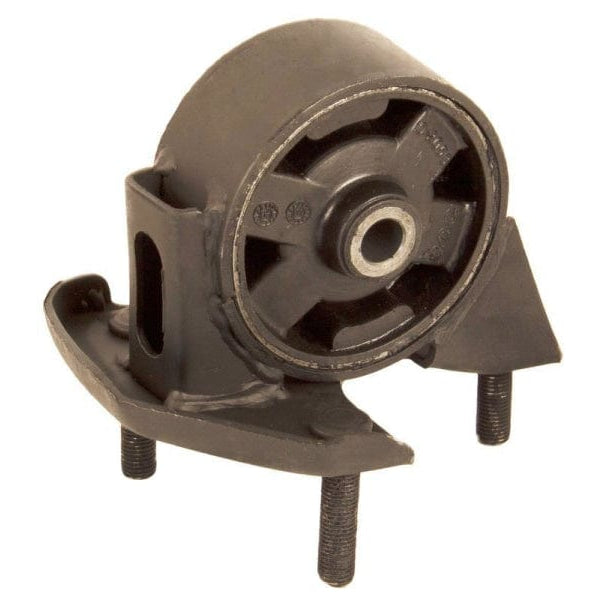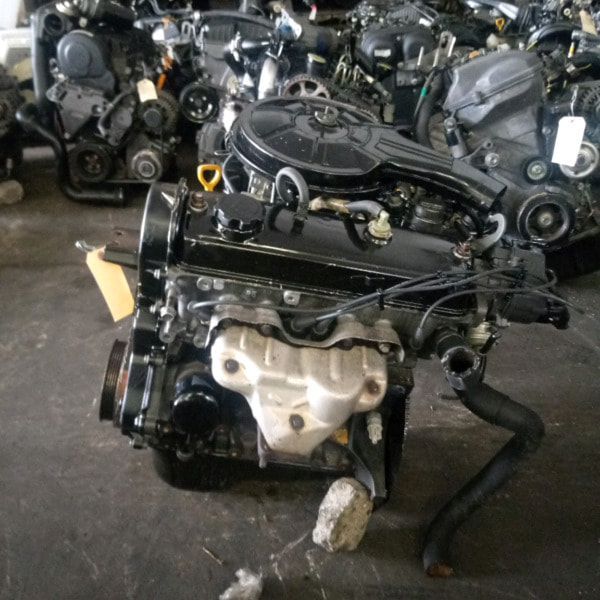Toyota Tazz: The Perfect Combination of Efficiency and Style in a Compact Car
Toyota Tazz: The Perfect Combination of Efficiency and Style in a Compact Car
Blog Article
Check Out the Most Current Trends in Engine Innovation Through Tazz
In the swiftly advancing landscape of auto innovation, Tazz stands at the leading edge, highlighting significant advancements in engine systems that focus on both innovation and sustainability. From crossbreed engines that maximize fuel efficiency to the appearance of hydrogen fuel cells, the trends forming contemporary powertrains are not only enhancing efficiency however also resolving important environmental obstacles.
Crossbreed Engine Innovations
Hybrid engine technologies stand for an essential shift in auto innovation, combining the advantages of internal burning engines with electric propulsion systems. This combination not only boosts fuel performance however additionally minimizes emissions, meeting significantly rigid ecological policies. By making use of both power resources, hybrid engines can optimize performance, supplying power when required while saving fuel throughout less requiring motoring conditions.
Recent advancements in hybrid innovation consist of improvements in battery effectiveness and regenerative stopping systems. These innovations enable higher energy recovery during deceleration, which can be rerouted to aid in velocity or power auxiliary systems. Makers are focusing on compact styles and light-weight products to make best use of the efficiency of hybrid powertrains.
The advancement of plug-in crossbreeds has likewise broadened the marketplace, allowing drivers to bill their cars using standard electric outlets. This feature typically enables substantial all-electric variety, additional reducing dependence on typical fuels. tazz. As the automobile market proceeds to progress, hybrid engine technologies are anticipated to play a critical duty in connecting the gap between standard vehicles and completely electrical versions, supplying a transitional solution that deals with varied consumer requirements and choices
Breakthroughs in Electric Powertrains
The auto landscape is quickly evolving, with electric powertrains becoming a leading force in sustainable transportation. Advances in electrical automobile (EV) modern technology are significantly improving efficiency, user, and effectiveness experience. Secret advancements include improvements in battery chemistry, which have actually boosted power thickness, reduced billing times, and expanded overall battery life.
Solid-state batteries, as an example, assure to reinvent the marketplace by supplying higher security and efficiency compared to traditional lithium-ion cells. Developments in regenerative braking systems are making it possible for cars to recover power throughout slowdown, adding to overall effectiveness.
Along with battery innovation, electric motor styles are becoming more innovative. Advancements such as incorporated electric motors and progressed thermal management systems are assisting to maximize power shipment and lower weight, ultimately boosting lorry characteristics.

Collectively, these breakthroughs underscore the commitment to shift in the direction of cleaner, extra reliable transportation solutions, placing electric powertrains at the leading edge of automobile technology.
The Increase of Hydrogen Gas Cells
Increasingly, hydrogen fuel cells are gaining grip as a sensible alternative to typical interior burning engines and battery electric cars. This innovation uses the chemical energy kept in hydrogen, converting it into electricity via an electrochemical reaction with oxygen. The main by-product of this procedure is water, making hydrogen gas cells an ecologically pleasant choice with zero discharges at the tailpipe.

Automakers are progressively purchasing hydrogen gas cell innovation, identifying its possibility for long-range applications and fast refueling abilities that rival standard fuels. Furthermore, markets such as heavy-duty transportation and public transit are especially appropriate for hydrogen fuel cells, where battery electrical services might fail because of weight and variety restrictions.
As research and investment continue to broaden, hydrogen gas cells are positioned to play a significant duty in the future landscape of tidy transportation and power options.
Enhancements in Internal Combustion Engines
Innovations in internal burning engine (ICE) innovation are transforming typical automobiles to fulfill contemporary environmental requirements and performance expectations. One of one of the most considerable enhancements entails the combination of innovative fuel injection systems. These systems enhance the air-fuel blend, improving combustion effectiveness and leading to reduced discharges. Straight fuel shot, for example, permits better atomization of gas, causing more total burning and improved power result.
Furthermore, turbocharging has obtained prominence, enabling smaller sized engines to supply greater performance without the weight of bigger engines - tazz. This innovation not only increases effectiveness but likewise adds to reduce fuel usage. Variable shutoff timing systems are additionally being refined, allowing engines to adapt to numerous driving problems for improved torque and responsiveness
In addition, using lightweight products in engine building and construction is coming to be conventional, further enhancing fuel performance by minimizing general lorry weight. Engine control devices (ECUs) are Recommended Reading progressively sophisticated, making it possible for real-time adjustments that enhance performance and exhausts.
These enhancements jointly signify an essential change in ICE technology, aligning with worldwide sustainability objectives while still offering the performance motorists get out of their automobiles. As the basics market evolves, these renovations remain to form the future of typical auto engineering.
Future Trends in Engine Efficiency
Substantial improvements in engine efficiency are anticipated as suppliers concentrate on incorporating advanced modern technologies to satisfy rigorous ecological regulations and consumer needs. The shift towards electrification, crossbreed systems, and different fuels is reshaping the automotive landscape, driving developments that enhance fuel economy and reduce emissions.
One of the vital patterns is the implementation of advanced materials and making methods. Lightweight composites and high-strength alloys add to minimized automobile weight, hence enhancing overall performance. Furthermore, the adoption of turbocharging and variable shutoff timing innovations permits for boosted power outcome from smaller engines, further improving gas economic situation.

Verdict
In final thought, the expedition of engine technology reveals considerable developments that prioritize sustainability and effectiveness. Advancements in crossbreed engine systems, electric powertrains, and hydrogen gas cells show a dedication to reducing emissions while improving efficiency. Renovations in inner burning engines and a focus on light-weight materials contribute to total engine performance. As the automotive market remains to progress, these trends will play a vital role in forming a cleaner and even more sustainable future for transportation.
From hybrid engines that enhance fuel effectiveness to the emergence of hydrogen fuel cells, the patterns forming modern powertrains are not just enhancing efficiency yet also resolving important ecological obstacles.Hybrid engine advancements stand for a pivotal shift in automotive modern technology, incorporating the benefits of interior burning engines with electrical propulsion systems.Additionally, turbocharging has gained importance, allowing smaller engines to informative post supply greater performance without the weight of bigger engines. In addition, the fostering of turbocharging and variable shutoff timing modern technologies permits for boosted power result from smaller engines, better improving gas economic situation.
Improvements in internal combustion engines and an emphasis on light-weight products contribute to total engine effectiveness.
Report this page